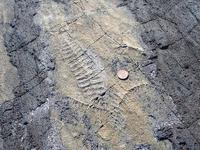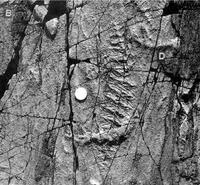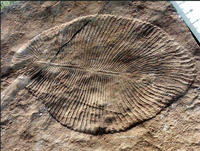You are in: North America -> Canada -> Mistaken Point, and traditional search or Image Gallery will yield results of this site only
Mistaken Point
| Site number: | 1497 |
|
| Type of site: | Natural | |
| Date of Inscription: | 2016 | |
| Location: | North America, Canada, Newfoundlandand Labrador | |
Up to 75 images are shown here. Click on each for more details or on Image Gallery for more images.
| Description: | This fossil site is located at the south-eastern tip of the island of Newfoundland, in eastern Canada. It consists of a narrow, 17 km-long strip of rugged coastal cliffs. Of deep marine origin, these cliffs date to the Ediacaran Period (580-560 million years ago), representing the oldest known assemblages of large fossils anywhere. These fossils illustrate a watershed in the history of life on earth: the appearance of large, biologically complex organisms, after almost three billion years of micro-dominated evolution. --WHMNet's description is from WHC Site, where additional information is available. | |
| Mistaken Point Ecological Reserve contains one of the most diverse and well-preserved collections of Precambrian fossils known. The site was first discovered in 1967 by S.B. Misra, a graduate student of Memorial University as a part of his thesis work. Misra discovered a fossil, Fractofusus misrai in the reserve in June 1967, which was eventually named after him in 2007. The site became quickly recognized in the mid-1980s as an important find containing probably the oldest metazoan fossils in North America and the most ancient deep-water marine fossils in the world. In 1987, a 5 kilometer stretch of coastline was declared an ecological reserve. Studies have shown that the Mistaken Point biota represents the oldest Ediacaran fossils known anywhere, in fact the oldest large and architecturally complex organisms in Earth history. On July 17, 2016 it was announced as a UNESCO World Heritage Site. --Wikipedia. Text is available under the Creative Commons Attribution-ShareAlike License. | ||
| Source: | http://whc.unesco.org/en/list/1497 | |
| Source2: | Wikipedia (http://wikipedia.com) | |
| Reference: | 1. UNESCO World Heritage Center (http://whc.unesco.org/en/list/1497). 2. Wikipedia. | |





